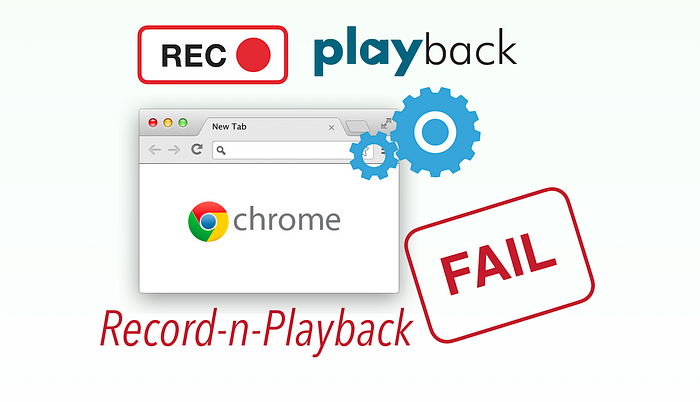Member-only story
Record/Playback in Test Automation is Bad, mostly.
Avoid using record-n-playback tools. Hand-craft automated test scripts instead.

This article is one of the “IT Terminology Clarified” series.
In Automated End-to-End Testing, many so-called ‘cool’ features (as below) are either counter-productive or unnecessary:
- Record-n-Playback
- Object Identification Utility
- Test execution recording, e.g. video/screenshots
The Record/Playback approach to test automation has been controversial for decades. I recall from my experience attending software testing conferences (2009–2013) and informal meetups that the survey results consistently revealed that testers generally dislike this method. Despite this, record-n-playback continues to resurface in various forms.
Often, I was tasked to rescue a failed test automation project implemented using inappropriate tools such as QTP, Ranorex, RFT, and Tosca. When I asked why these tools were selected, the response was always the same: “Because they can record automated test scripts.”
While it is true that recording tools make it easier to create automated test scripts, there is usually a significant downside unless the test scripts are only intended for single use (which is rarely the case).
Table of Contents:
· Recorded test scripts are harder to maintain
· Recorders don’t work (well) for certain operations
· A recorder may be of some value, but “playback” shall be strictly prohibited.
· Hand-crafting automated steps can be easy, efficient and fun!
Recorded test scripts are harder to maintain
In the realm of test automation, test creation accounts for a relatively small percentage, approximately 10%, based on my estimation. This is decided by the nature of software development, where changes occur frequently and consistently. A single modification (to code, test scripts, or infrastructure) can lead to end-to-end (E2E) tests failures. Consequently, genuine test automation professionals are primarily concerned with maintenance…
